What is Fdisk & Which Tasks Can it Perform?
This is a legacy tool and it’s not available anymore
3 min. read
Published on
Read our disclosure page to find out how can you help Windows Report sustain the editorial team. Read more
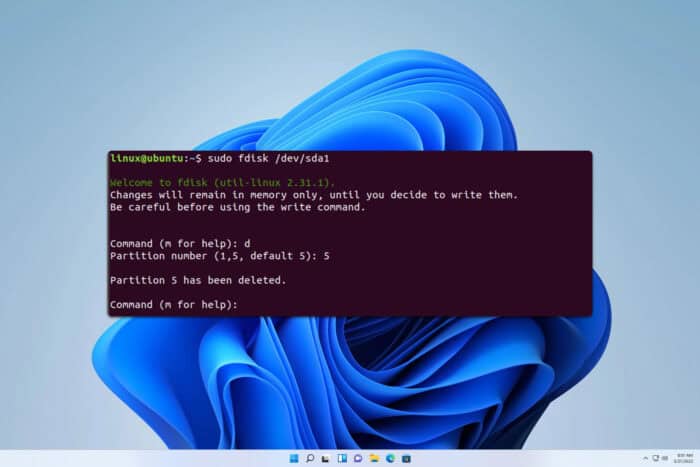
When it comes to managing your hard disk, understanding fdisk can be a useful tool, and in today’s guide, we’re going to show you everything you need to know about it.
What is fdisk and how does it work?
What is fdisk?
FDISK is a disk utility included in all versions of MS-DOS, Windows, and Linux for formatting, partitioning, or deleting portions of a hard disk drive.
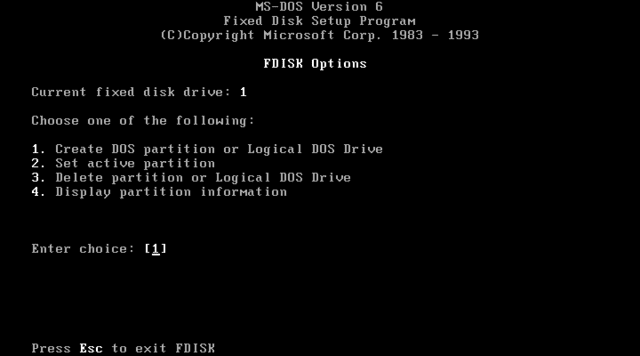
It allows the creation of multiple partitions on a hard drive and can be used to prepare the disk for new operating systems or manage partitions on existing drives.
In Linux, the FDISK utility provides commands to create, delete, resize, change, and move partitions.
What does the fdisk do?
Fdisk allows you to see the current partition table along with all partitions on a specific disk, including information about disk size, type, and other attributes.
It also allows you to create partitions, delete them, and change their type. It can also be used to fix problems with corrupted partition tables.
Basic Commands for FDISK in MS-DOS and Windows
fdisk /mbr Rewrites the master boot record.
fdisk 1/pri:100 Creates a 100 MB partition on the hard drive.
fdisk 1/log:250 Creates a logical drive of size 250 MB.
fdisk /status Shows the current status of the hard drive.
fdisk /q Prevents the FDISK utility from automatically booting the system after exiting.
Basic commands for fdisk in Linux
sudo fdisk -l Views details of available disk partitions.
sudo fdisk -l /dev/sda Views the partitions on a specific disk.
sudo fdisk /dev/sda Starts FDISK to create or manage partitions on a specific disk.
sudo fdisk -s /dev/sda Views the partition size.
What replaced fdisk?
Fdisk hasn’t been a part of Windows for a while, and modern versions of Windows don’t support it, so it has been replaced with diskpart.
To learn more, we have an in-depth guide on diskpart commands, so you might want to check it out. However, fdisk is still available on Linux.
Does fdisk erase data?
No fdisk doesn’t delete data, but if you choose to create a new partition table on data that has files on it, all data will be erased.
What is the limitation of fdisk?
Fdisk works only with the MBR partition scheme, so if you’re using the GPT scheme you won’t be able to use fdisk.
This means that you won’t be able to work with disks larger than 2TB. The command can’t be used to resize existing partitions, so you can’t change their size.
It’s worth mentioning that fdisk doesn’t have a graphical interface, so using it can be hard for users who aren’t used to the command line.
Lastly, fdisk doesn’t automatically align partitions for optimal performance on modern storage devices which can result in performance issues on SSDs.
When to use fdisk?
Fdisk is a legacy tool and in most cases, you’re better off using a different tool such as diskpart or gparted.
By mastering fdisk you can effectively manage your disk partitions, but this is a legacy tool and you’ll be better off using a different application.
For this purpose, don’t miss our guides on how to open Disk Management in Windows 11 and how to use it to split disk space in Windows 11.

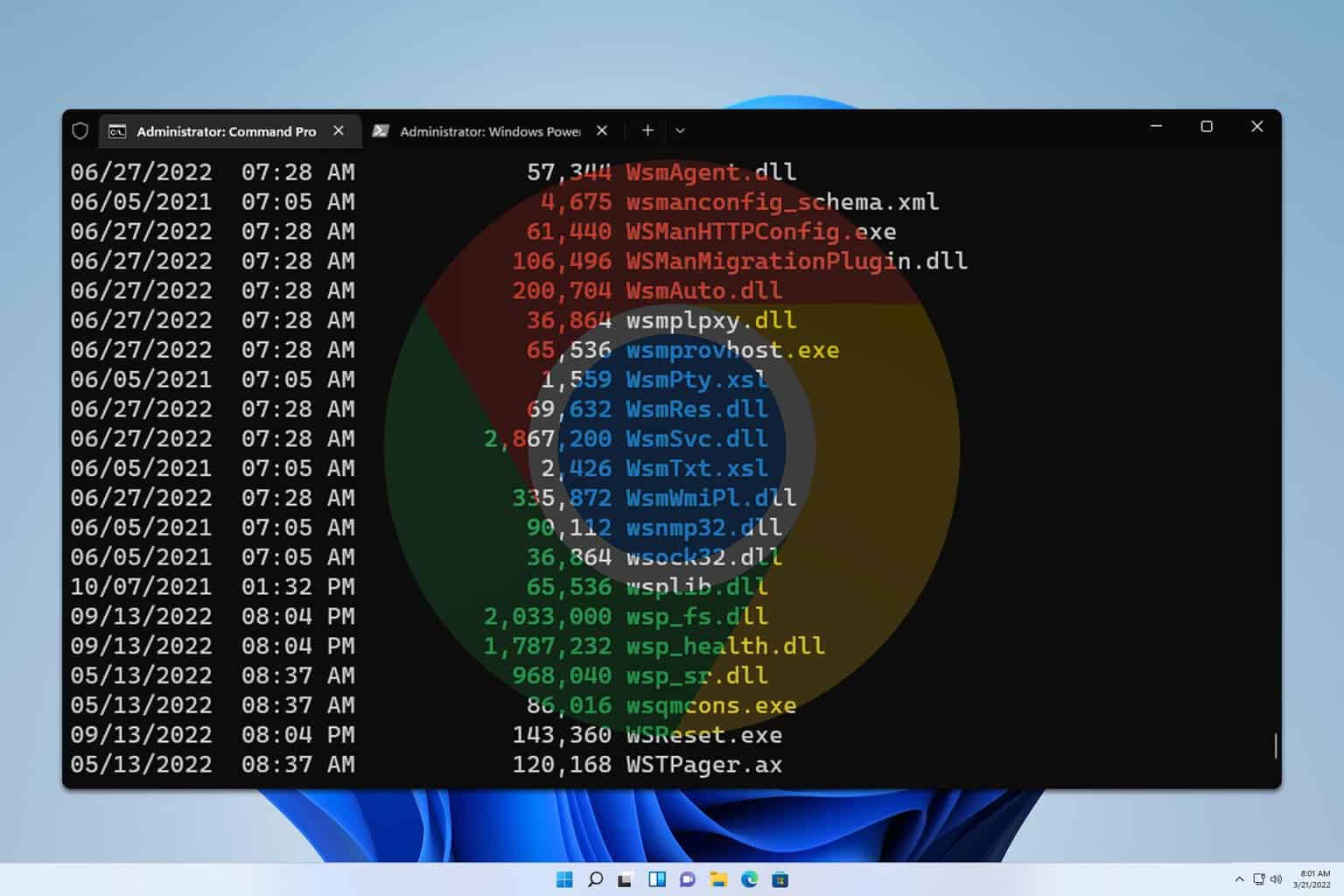

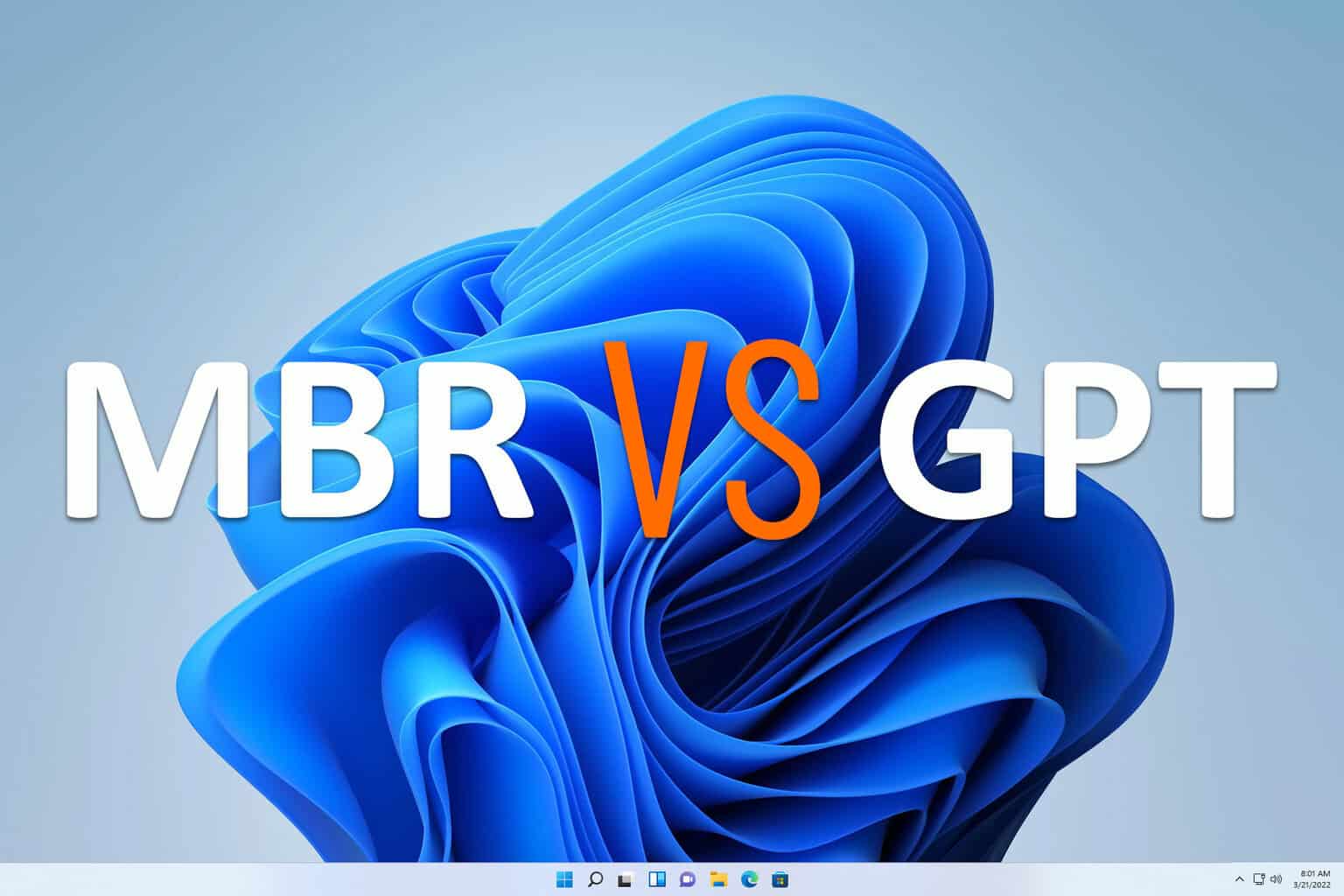
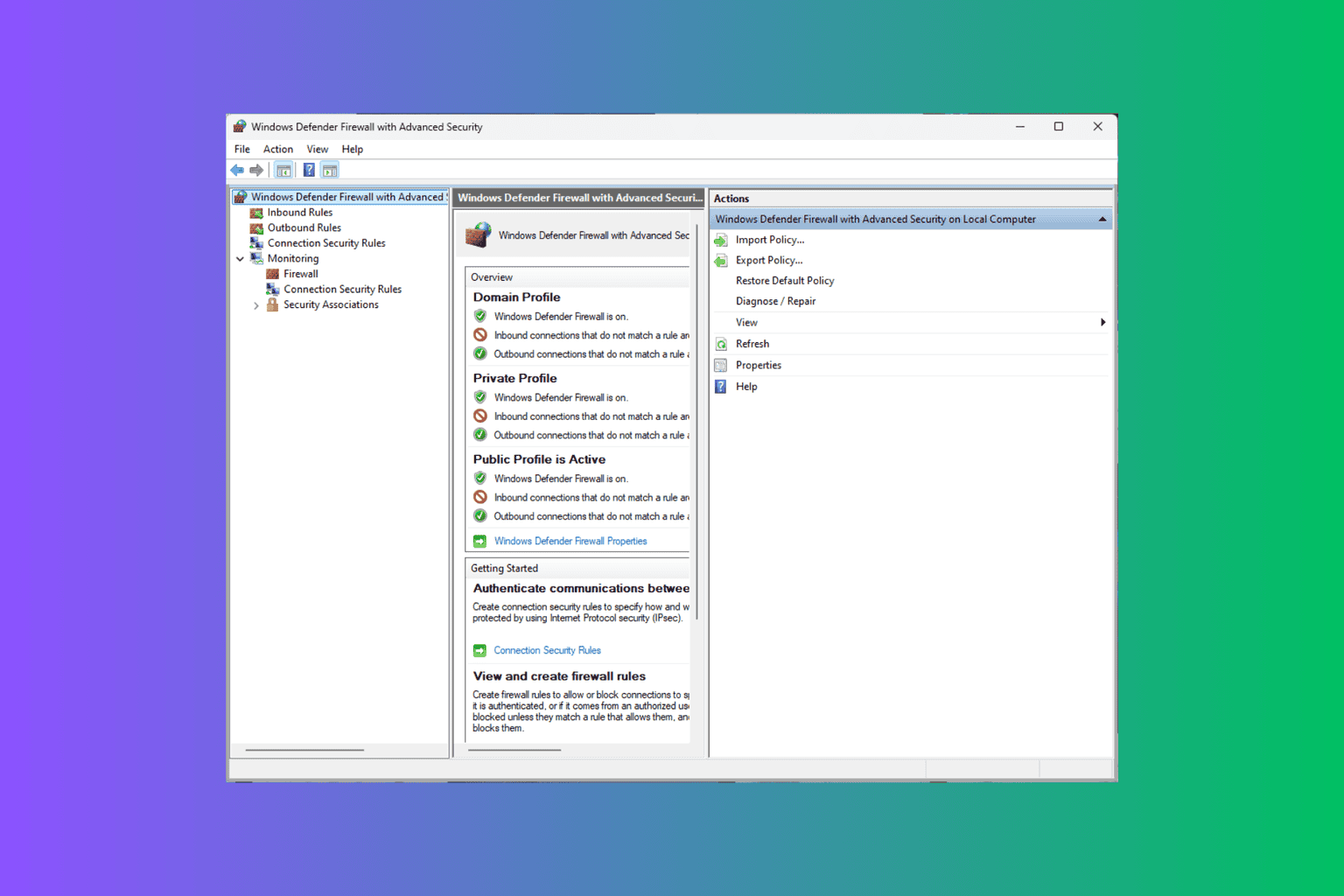

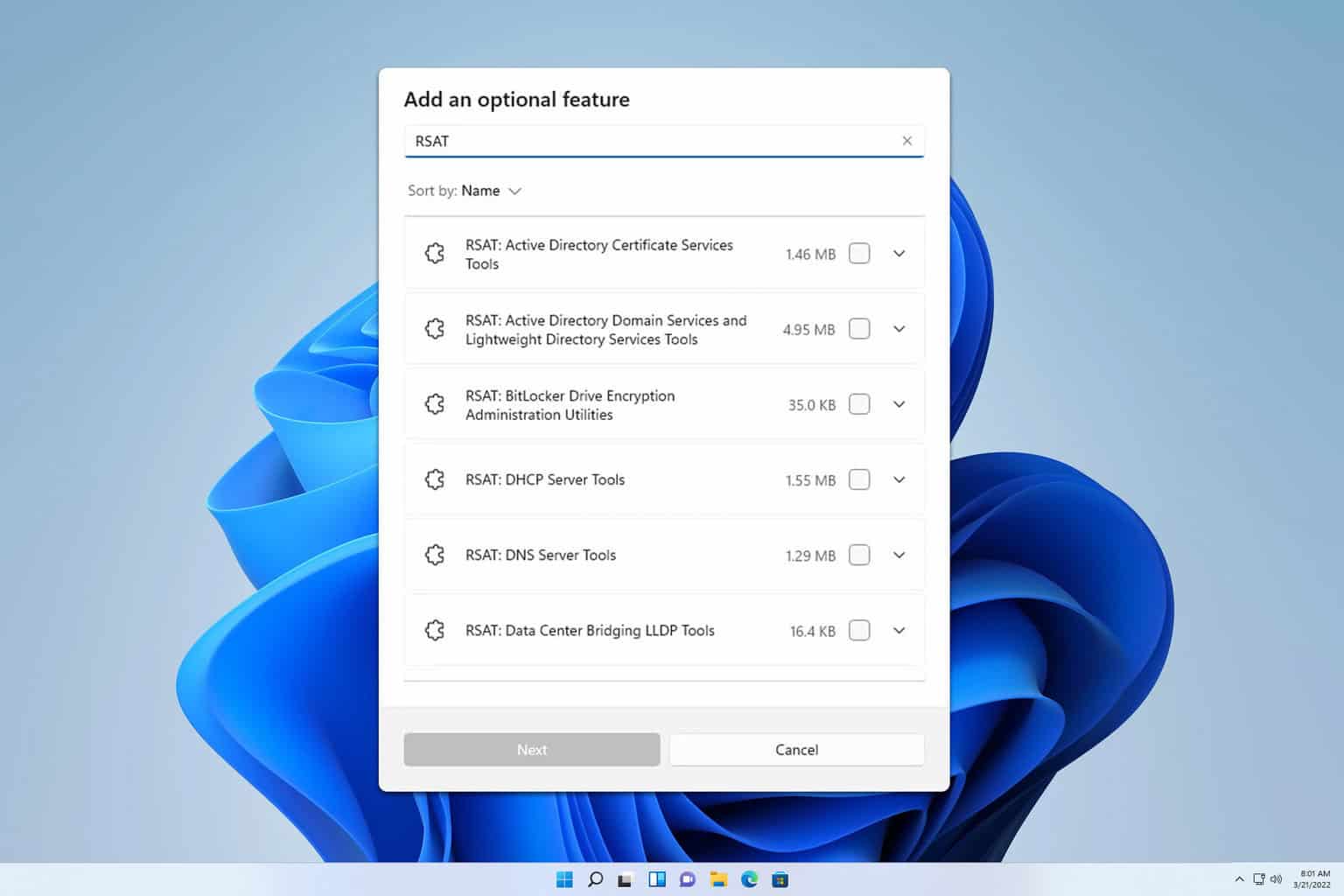

User forum
0 messages